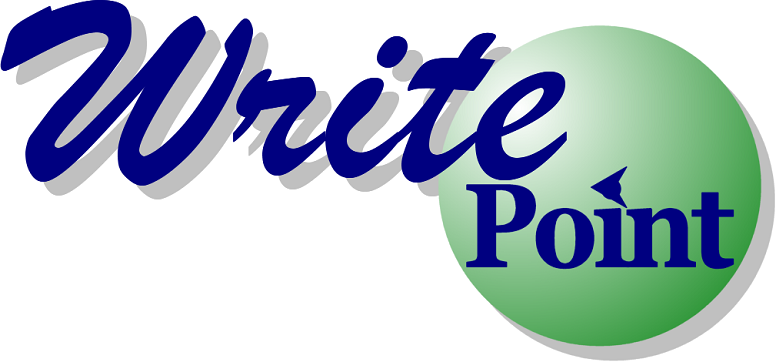DITA is not just about tools.
Like the best-in-the-world cooking equipment on its own does not automatically make you a chef, implementing DITA requires more than installing the right editor. DITA implementation is a multi-step process that usually involves the following stages:
1. Content Strategy Development
No new solution can be successfully implemented without a roadmap that defines a variety of aspects, including:
- How monolithic documents are split into individual topics
- How content variations are handled
- How to adjust your writing style to DITA
- How existing content is to be restructured or rewritten
- Whether and how to customize DITA
2. DITA Specialization
DITA provides a flexible mechanism known as specialization that enables adjusting DITA content model to the structure of your content.
3. Stylesheet Development
With DITA, writers are not responsible for formatting. Authors focus on content while look-and-feel, which is defined in separate stylesheets, is applied automatically. Based on the results of content analysis, you need to decide which stylesheet must be built.
4. Legacy Content Migration
There is always an amount of documentation to be converted to DITA. Because any conversion is style-based, success of your conversion depends on whether you use styles consistently, avoid ad hoc formatting, and do not practice manual formatting.
5. Training
The biggest issue in implementing DITA is getting people to understand how to write in a structured fashion. For some writers the move to the guided authoring environment may be difficult. Proper training can make this move smooth and help writers use DITA concepts in the most effective way.
Implementing DITA takes time and patience. However, a properly implemented DITA solution helps you do more within the same time and, thus, justify all your efforts.

